iQOO Neo10 Pro+ Experience: Unleashing Gaming Potential with 2K High Refresh Rate & Dual Chips
![]() 05/21 2025
05/21 2025
![]() 618
618
A smartphone that truly embodies the essence of "gaming".
As the year progresses, iQOO has embarked on an intensive new product release cycle. Following the launch of the iQOO Z10 series last month, the iQOO Neo10 series is now here. As an avid "gadget enthusiast," Xiao Lei has had the privilege of getting his hands on the top-tier model of the series, the iQOO Neo10 Pro+. Positioned as a "dual-chip flagship," this phone is designed to deliver an unparalleled gaming experience.
To be frank, the market is already brimming with performance flagship smartphones that prioritize gaming. So, can iQOO's mid-year masterpiece add a new dimension to this fiercely competitive segment? Without further ado, let's dive into the hands-on review.
Unmatched Specs, Tailored for Gamers?
Let's start with the design. Similar to its predecessor, the iQOO Neo10 Pro+ is available in the classic black and white hues, but it also introduces a fresh "Super Pixel" color inspired by the nostalgia of classic 8-bit pixel games, adding a unique charm.
Xiao Lei received the white variant. As a timeless color scheme, there's little to critique except to commend iQOO's exceptional rear cover coating treatment. For mobile gamers, "comfortable grip and no slippage" are the highest accolades one can bestow upon a phone.
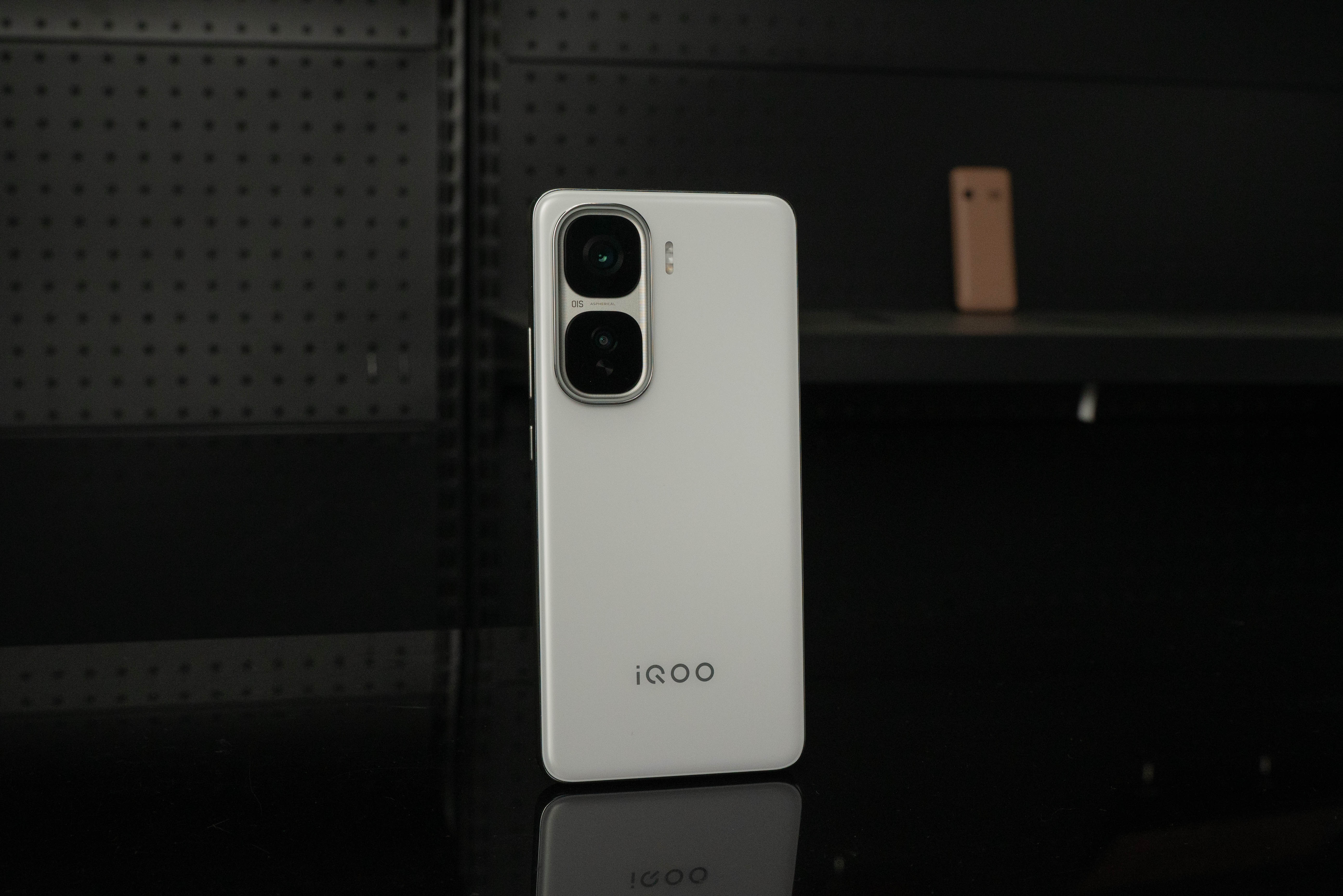
Image source: Leitech
The frame boasts a metallic finish with an aluminum alloy brushed texture. Despite being plastic, it feels quite substantial. In fact, I'm not opposed to plastic frames; a lighter body and superior signal reception are far more critical for mobile gamers than the tactile feel, especially since most users employ phone cases, making the distinction between metal and plastic negligible.
Compared to its predecessor, the most notable change in the iQOO Neo10 Pro+ is the camera Deco design. A long oval Deco encases the lens area, adorned with a dial-like decorative element, enhancing its aesthetic appeal significantly.
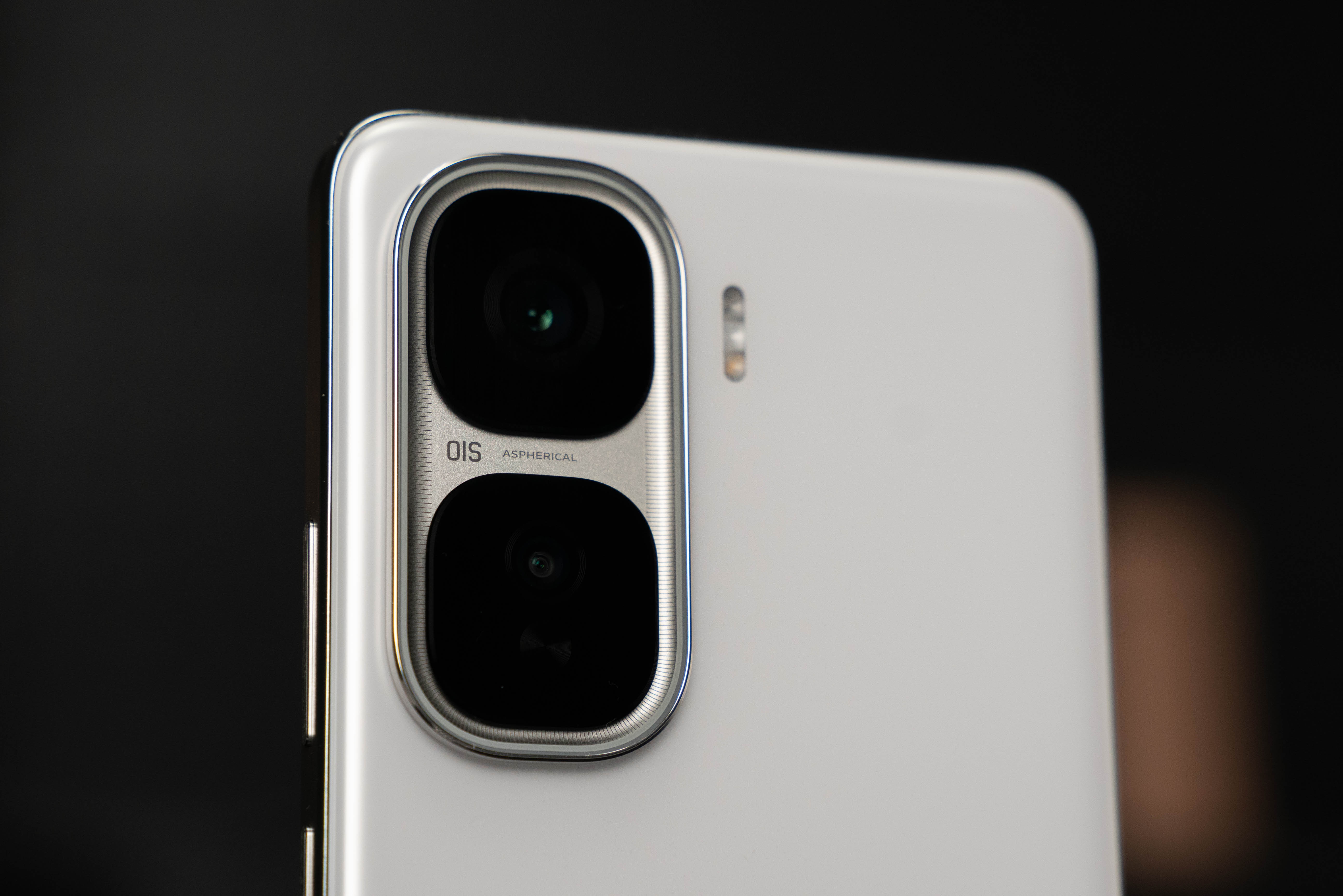
Image source: Leitech
That concludes our design overview. Now, let's delve into the heart of the matter—hardware configuration. As a performance flagship, the designers of the iQOO Neo10 Pro+ have meticulously focused on the gaming experience, and rightly so.
Priced at 2799 yuan (2379 yuan after national subsidy), the iQOO Neo10 Pro+ is powered by the Snapdragon 8 Supreme Edition (henceforth referred to as Snapdragon 8E), one of the most potent processors available today. Coupled with LPDDR5X Ultra memory and UFS 4.1 storage, it ensures that data read and write speeds will never bottleneck the gaming experience.
In addition to the flagship processor, the iQOO Neo10 Pro+ also features the self-developed gaming chip Q2, justifying its "dual-chip" flagship moniker. This independent chip facilitates AI functions like super resolution and super frame rate. Put simply, Q2 and Snapdragon 8E handle different AI algorithms, enabling 2K super resolution and super frame interpolation to run concurrently.
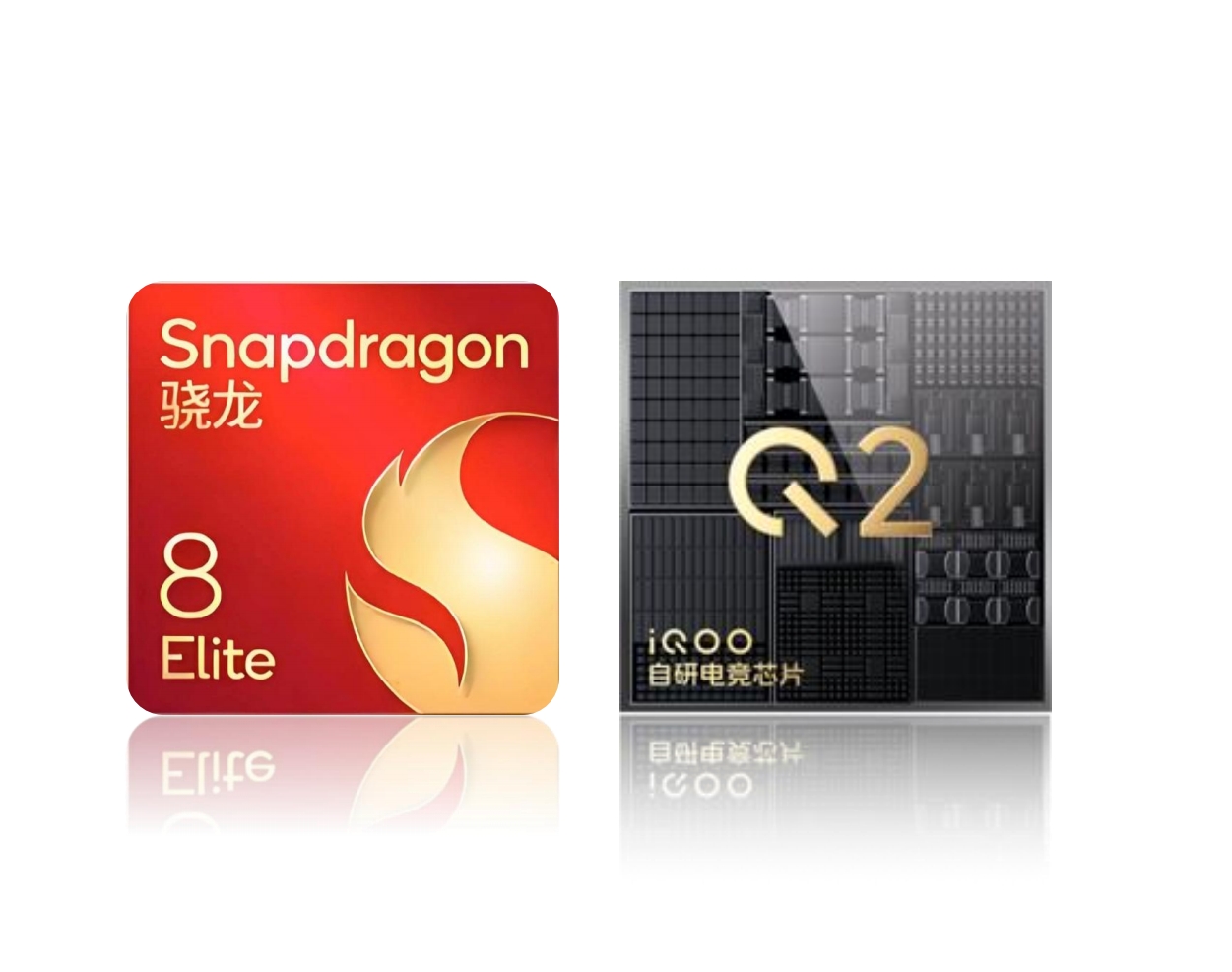
Image source: iQOO
To further elevate the gaming experience, iQOO has collaborated with multiple game developers to optimize popular mainstream titles. Games like "Honkai: Star Rail," "Naraka: Bladepoint," "Genshin Impact," "Honor of Kings," and "Dark Zone Breakout" are all on iQOO's cooperation list, though Xiao Lei won't enumerate them all here.
Moreover, the iQOO Neo10 Pro+ adopts the same heat dissipation design as the iQOO 13. I won't delve into the technical details here, as heat dissipation design can't be solely judged by data. Instead, we'll evaluate its performance in the subsequent real-world testing section.
However, the configuration that truly astounds me about the iQOO Neo10 Pro+ is its "screen." While most mainstream performance flagship phones utilize 1.5K resolution screens to balance cost, power consumption, and clarity, the iQOO Neo10 Pro+ opts for a BOE 2K screen to deliver an even clearer experience on larger phones. With a global brightness of 1800 nits, a peak brightness of 4500 nits, a maximum refresh rate of 144Hz, and LTPO support, this screen is undeniably "flagship-grade."
It's evident that the iQOO Neo10 Pro+ has strategically allocated its resources to enhance the "cutting edge." With the Snapdragon 8E, a 2K screen, and flagship-level heat dissipation, this phone is unwaveringly focused on delivering the "ultimate gaming experience." So, how does it fare in real-world tests?
Dual-Chip Synergy: Unleashing Gaming Performance
As always, let's commence with an AnTuTu benchmark test. At a room temperature of 25°C, the iQOO Neo10 Pro+ scored 2.85 million points, a mid-to-high score for the Snapdragon 8E and slightly lower than the over 3 million scores of many "gaming phones."
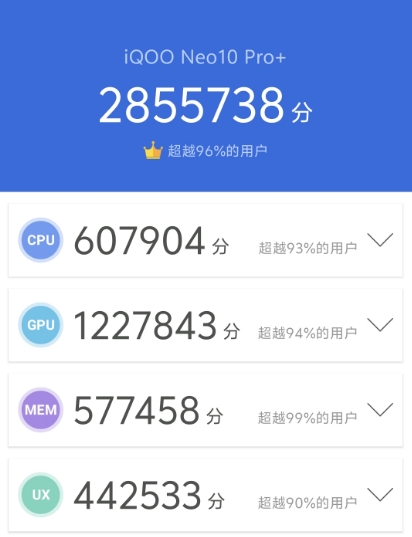
Image source: Leitech
Personally, I believe this might be due to iQOO's restrained performance tuning for this phone. Based on my previous tests of other performance flagships, it's feasible for the Snapdragon 8E to exceed 3 million points with more aggressive tuning. However, such intense performance can easily lead to overheating and frequency reduction, making it unsustainable without an external cooler, which some gamers strongly object to.
Returning to the iQOO Neo10 Pro+, despite not topping the AnTuTu benchmark, we must evaluate its actual gaming performance. Fortunately, iQOO has always been a "test-friendly" brand, making it straightforward to capture data via a PC.
For the initial round of tests, I chose "Honkai: Star Rail" with the highest graphics settings and enabled the 144fps frame interpolation feature of the iQOO Neo10 Pro+. Generally, frame interpolation can compromise image detail, but upon close inspection, I found the image detail to be satisfactory. There were minor differences when navigating the map but not noticeable during battles with flying special effects. The image smoothness, however, was markedly improved.
Nevertheless, I was curious if the iQOO Neo10 Pro+ could maintain 144fps throughout the game, so I replayed the storyline. Unfortunately, maintaining 144Hz throughout was unattainable. The good news is that the bottleneck wasn't due to insufficient performance.
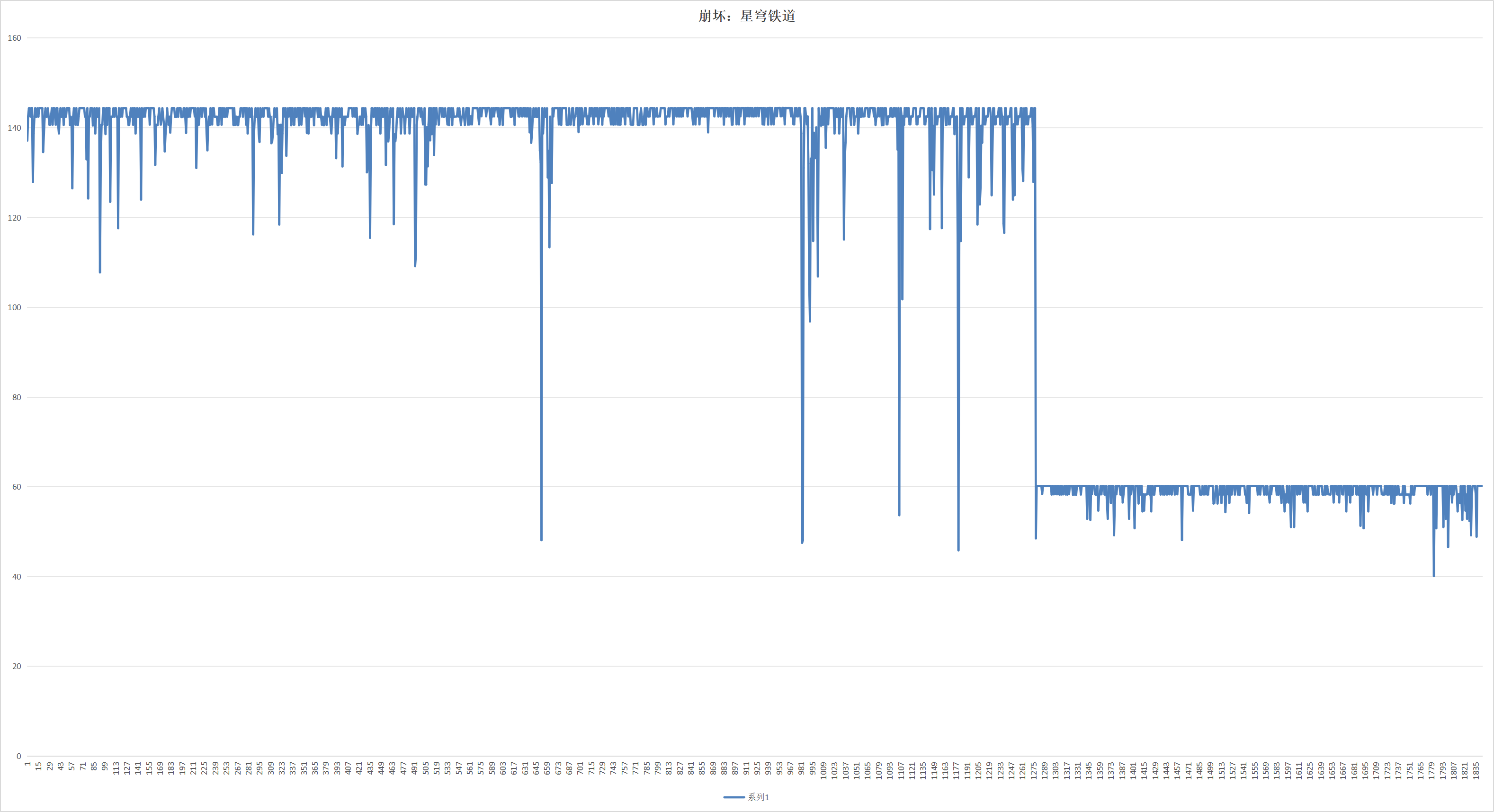
Image source: Leitech
From the frame rate graph, it's evident that frame rate fluctuations are mostly within 5 frames, occasionally dropping to 45-60, and sometimes to 120. Since I was multitasking while monitoring the PC screen, I deduced that significant frame rate drops occurred during story dialogues, CG animation playback (including some characters' ultimate moves), and when sprinting, with a noticeable drop to around 120-130fps.
In essence, the primary cause of frame rate fluctuations is incomplete adaptation. While maintaining 144fps throughout isn't necessary, the resulting chart from the real-world test appears somewhat unsightly. Additionally, the issue of frame rate drops during sprinting also arises in "Naraka: Bladepoint," suggesting a common problem with frame interpolation algorithms.
In another more demanding game, "Naraka: Bladepoint," the iQOO Neo10 Pro+ remained stable at 60fps almost throughout the game with the highest graphics settings, only briefly dropping frames when opening the task bar to switch maps and teleport. It's no surprise that it's one of the officially collaborated games, as it performs exceedingly stably.
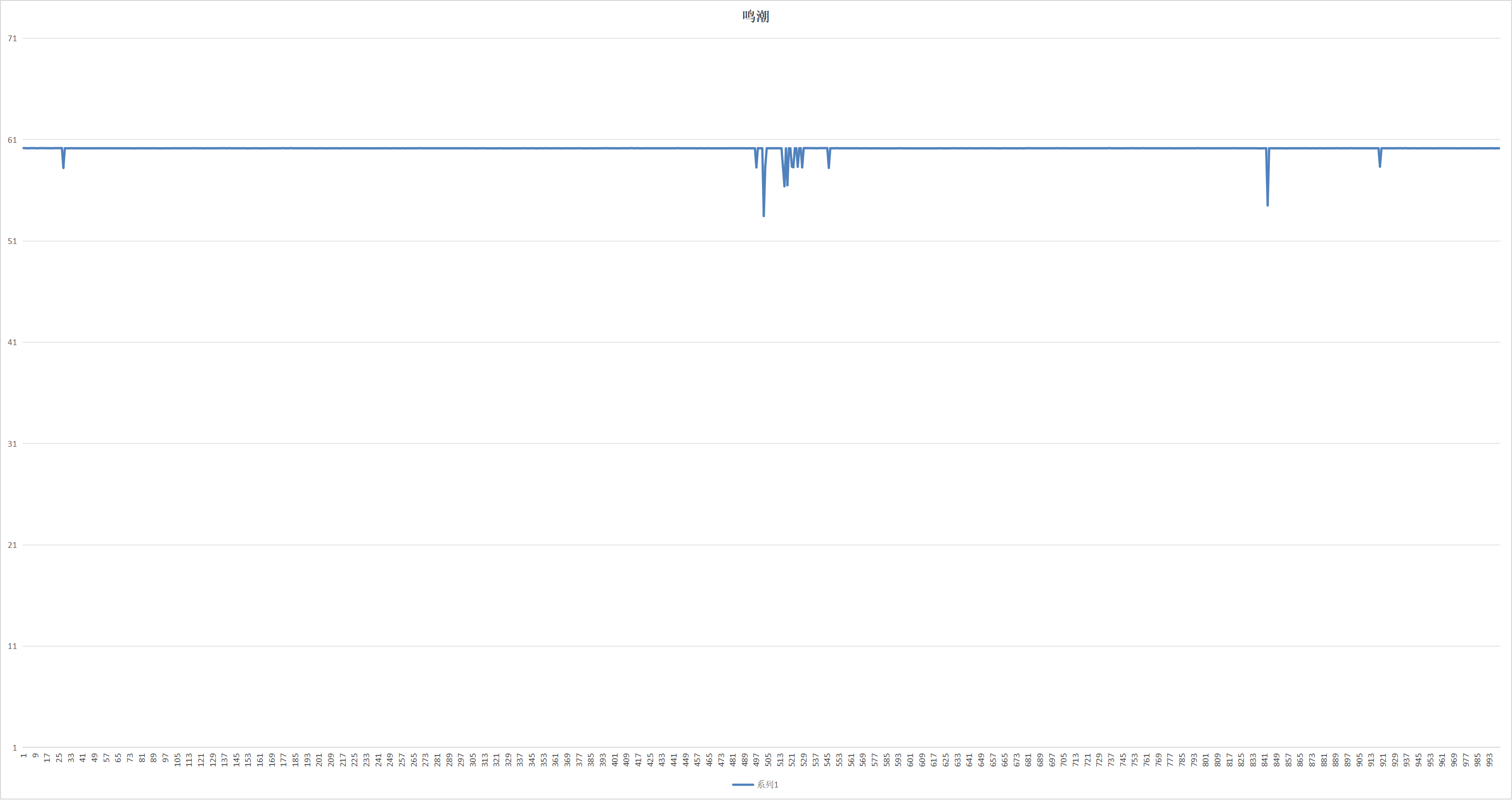
Image source: Leitech
Moreover, "Naraka: Bladepoint" also supports 90fps frame interpolation. The actual test frame rate was consistently above 85fps, with frame drops during story dialogues and sprinting, but otherwise, it performed well. I anticipate that the upcoming iQOO flagship later this year will likely offer "Naraka: Bladepoint" at 144fps.
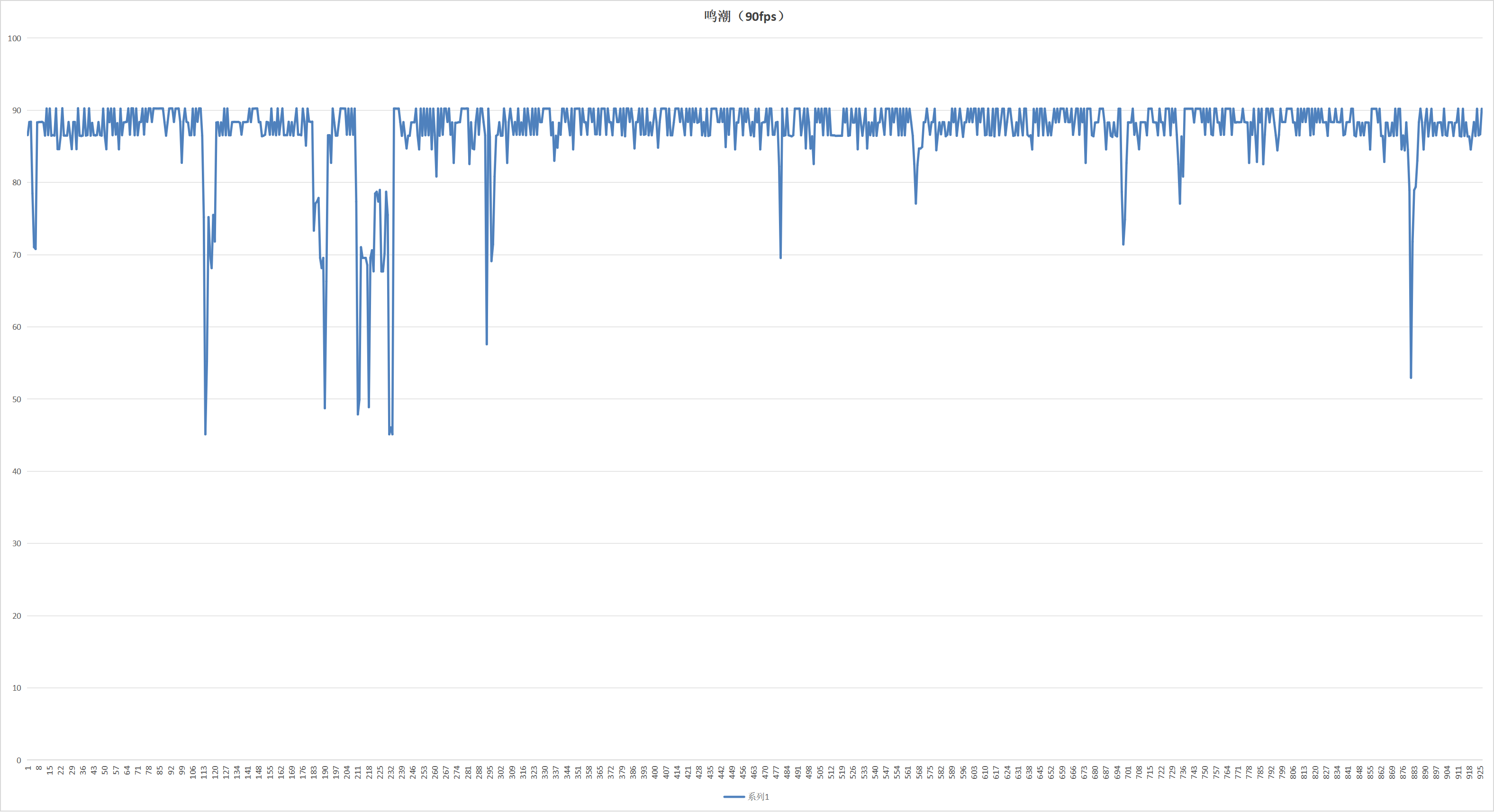
Image source: Leitech
Finally, I tested "Dark Zone Breakout," a game that currently boasts one of the few globally available ray tracing features. With the highest graphics settings, it places stringent demands on the phone's performance. For easy comparison, I tested the performance with and without ray tracing.
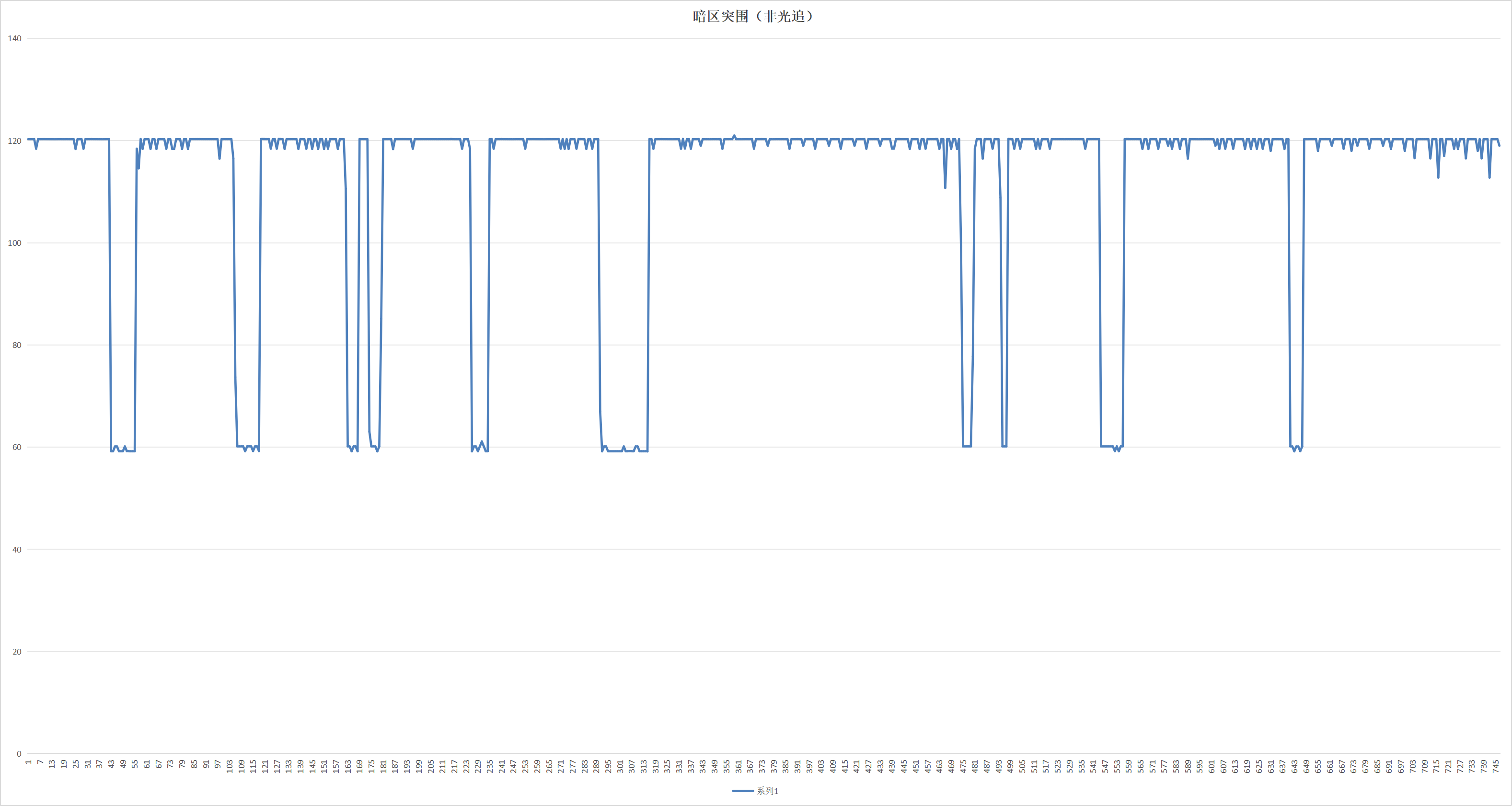
Note: Without ray tracing
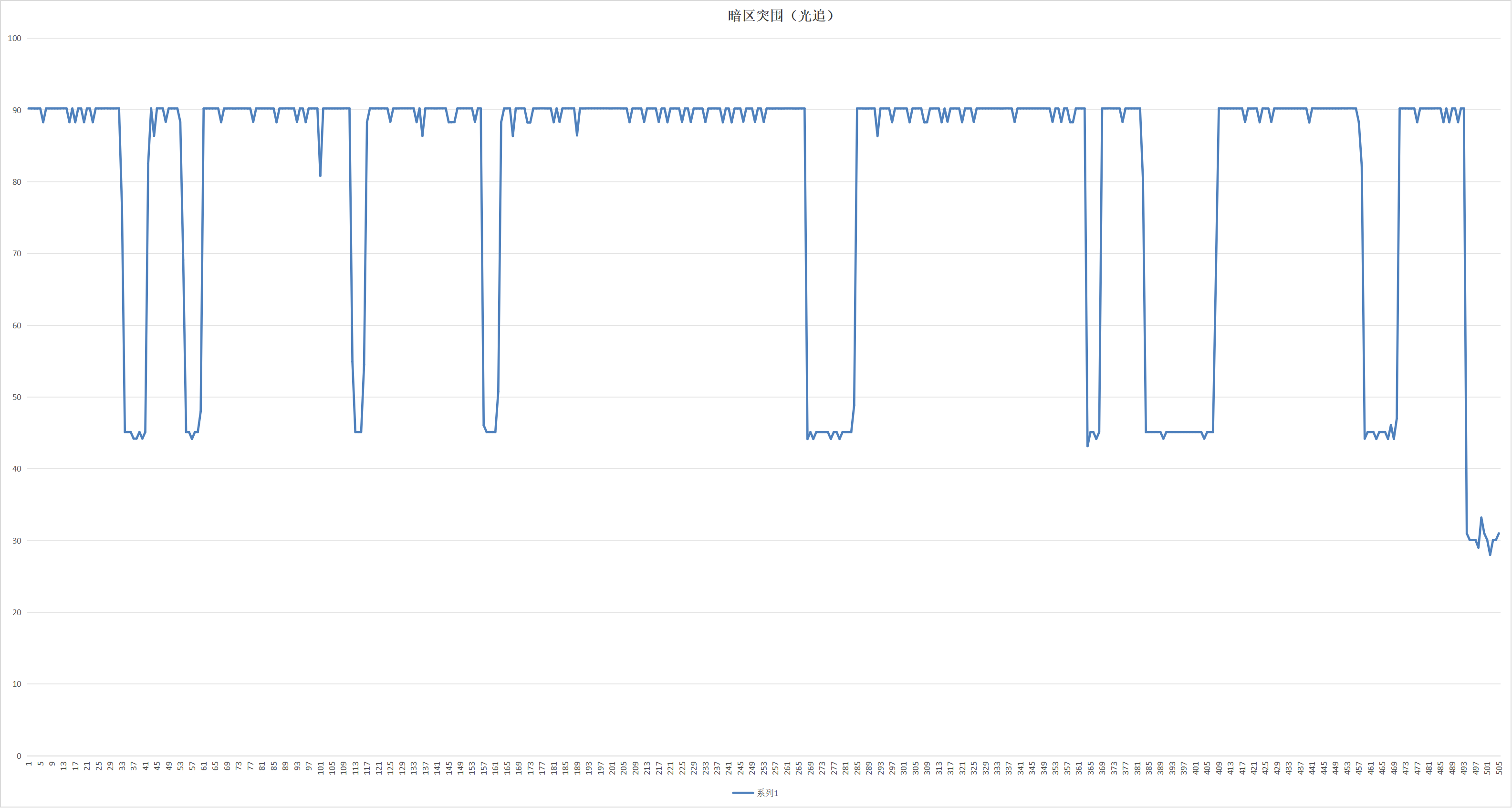
Image source: Leitech Note: With ray tracing
Without ray tracing, the iQOO Neo10 Pro+ effortlessly runs at 120fps with the highest graphics settings. The frame drops in the chart occurred during "searching boxes" (a gameplay mechanic in Dark Zone Breakout for collecting loot), as the frame rate halves during static scenes.
With ray tracing enabled, the frame rate is capped at 90fps, and the graphics settings are automatically adjusted down one level. Nevertheless, the iQOO Neo10 Pro+ still performs impressively, maintaining almost 90fps throughout. I believe with further optimization, achieving ray tracing + 120fps won't be far-fetched.
It was also under the ray tracing + 90fps setting that I finally felt the phone getting slightly warm. It's astonishing that in the previous games, the phone only felt marginally warm. This underscores that the phone doesn't overheat during gaming, and iQOO's performance tuning is exemplary.
After testing various games, I understood why iQOO opted for a restrained performance tuning approach. Unlike extreme benchmark scores, iQOO prioritizes the real-world experience of gamers. For instance, there's no need for an external cooler or concerns about "burning hands," and it remains stable during extended gaming sessions. These are aspects that gamers value more than benchmark scores, but these data are challenging to present intuitively. Consequently, many manufacturers "compete on benchmark scores" while overlooking the actual experience.
In summary, as a gaming phone, the iQOO Neo10 Pro+ earns a solid 9 points from me.
Balancing Act: Gaming Flagship with Compromises
While the iQOO Neo10 Pro+ is undeniably a smartphone that caters to gaming needs, camera performance is also a rigid demand for many. Therefore, as usual, Xiao Lei will provide a review. Unfortunately, the sun in Guangzhou has been almost "invisible" for the past few weeks, with only a fleeting ten minutes of sunshine on Sunday afternoon. So, I seized the moment to capture some sample photos.
I must admit that the camera configuration of the iQOO Neo10 Pro+ is indeed "economical," with costs focused solely on the main camera: 50 megapixels + 1/1.55-inch sensor + f/1.88 aperture. The ultra-wide-angle lens is merely a placeholder with 8 megapixels, adequate for daily use but nothing extraordinary. Hence, this test primarily focuses on the main camera.


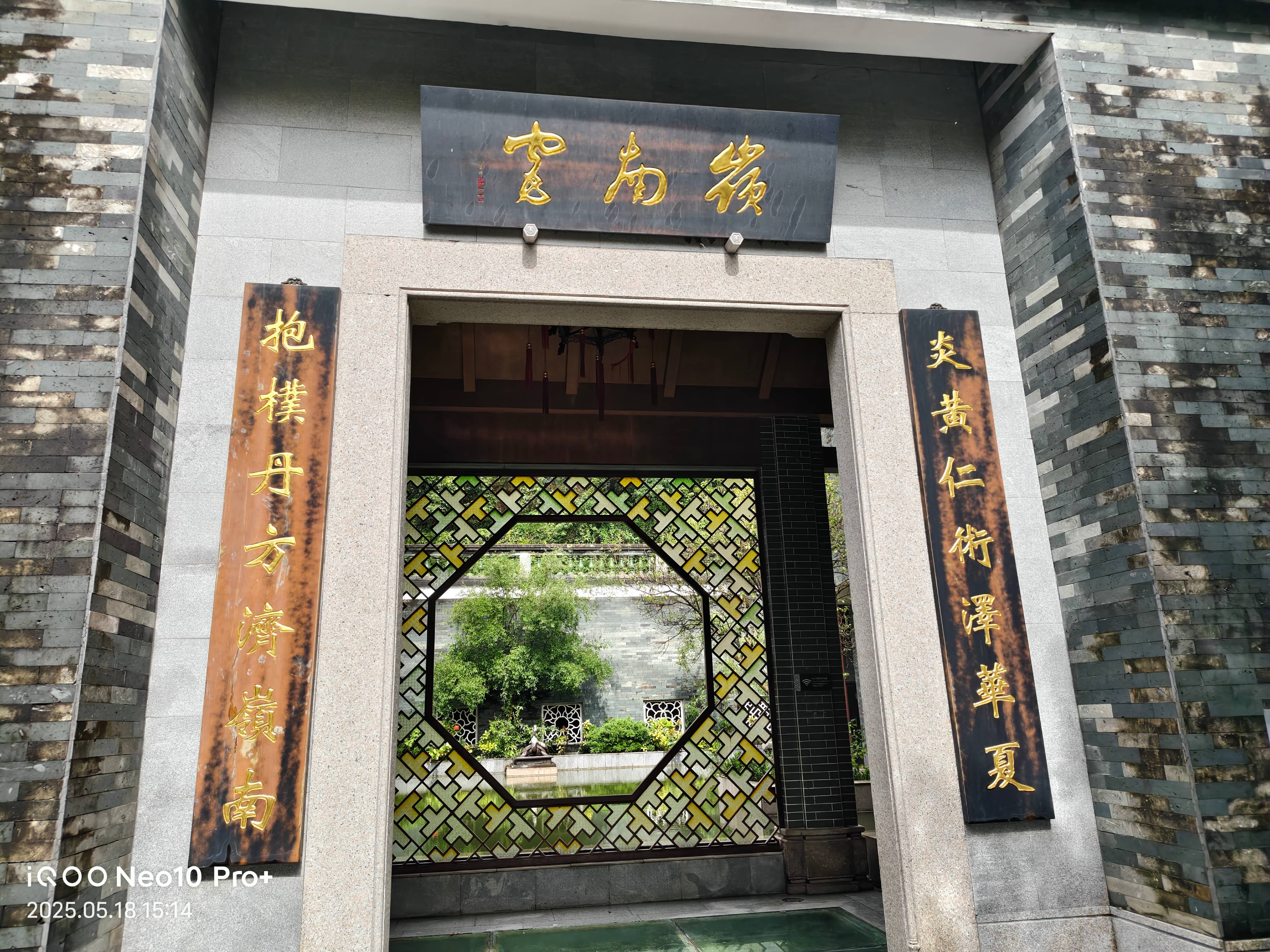
Overall, the image quality and level are commendable, especially in dark scene details (considering the phone's positioning). However, the contrast feels slightly too high, causing some details to be lost when zoomed in.

vivo's algorithm excels in color processing. The texture and color variations of this wooden engraving are restored remarkably well (better than another flagship phone Xiao Lei had at the time). In some minor scenes, the iQOO Neo10 Pro+ also performs adequately.

When shooting close-ups, the bokeh effect is a bit too pronounced, and it doesn't support macro, so the performance is average.
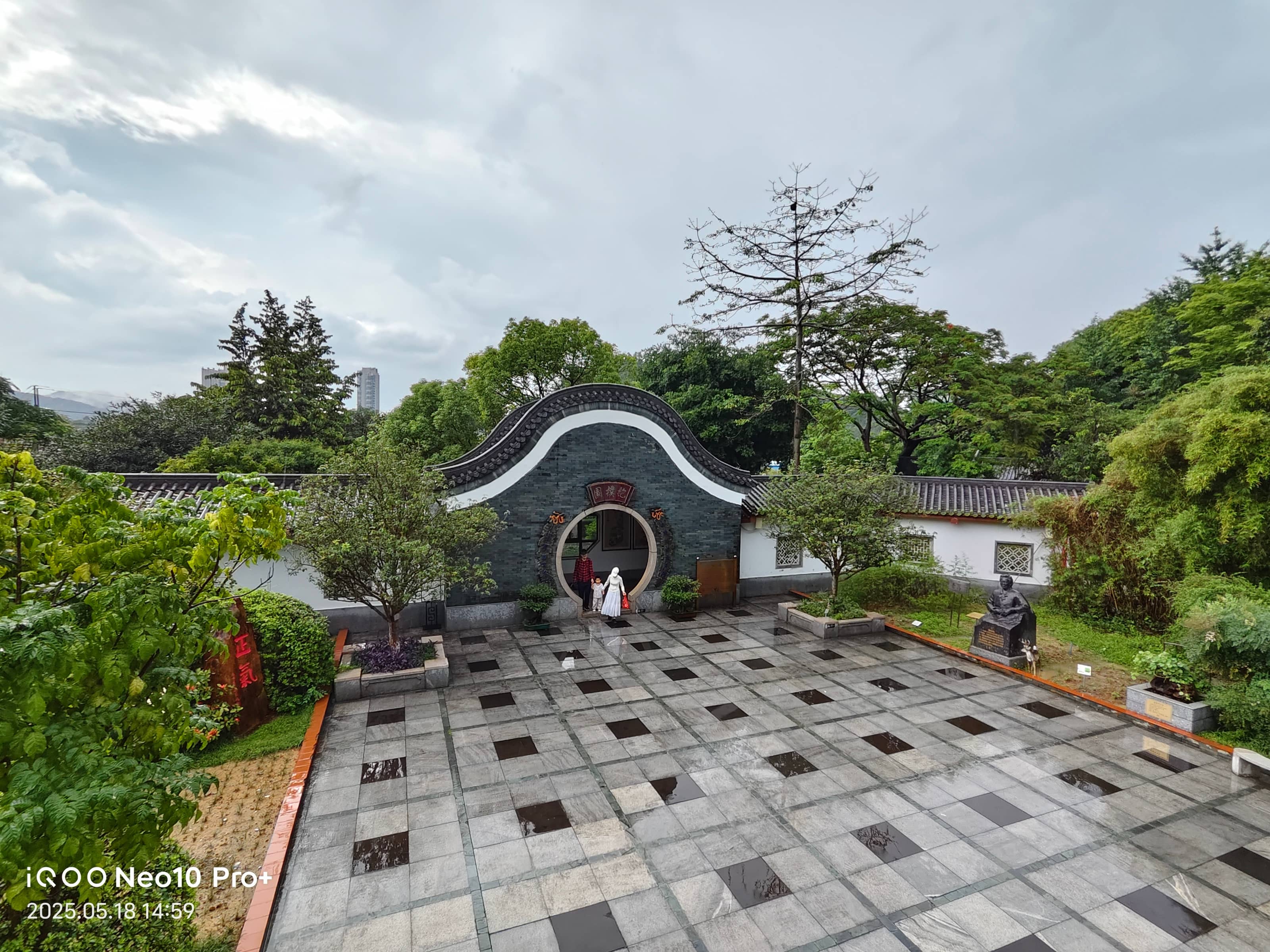
Despite being an 8-megapixel ultra-wide-angle lens, its actual performance is decent. With algorithmic support, the restoration of the sky and colors is quite good. It can only be described as "adequate."
Moreover, the night scene performance is somewhat surprising. The floodlight control of the light source, details in the dark, and contrast performance are all impressive. It's undeniable that vivo's night scene algorithm is potent, and the large aperture of the main camera significantly aids night photography.
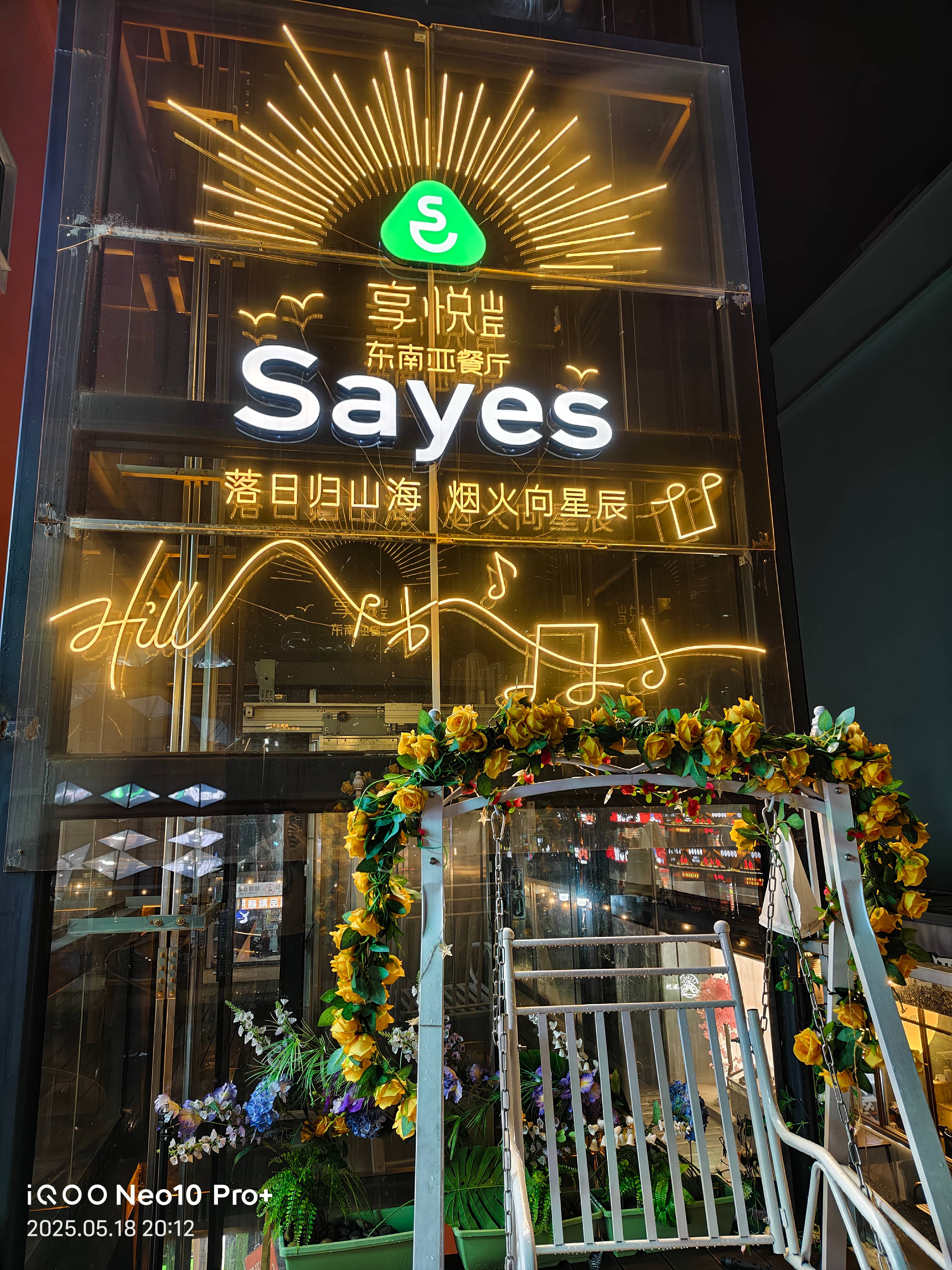
While one shouldn't expect miracles from the imaging performance of the iQOO Neo10 Pro+, based on the sample image quality, it's certainly "usable." With the AI algorithm, it can still meet daily shooting and life recording needs. For a performance phone with an affordable price, "compromises" are inevitable, and iQOO evidently understands this balance.
Let's delve into the various configurations of the iQOO Neo10 Pro+. This device boasts support for both 120W Super Flash Charge (a proprietary fast-charging protocol) and 100W PPS fast charging (a widely adopted standard). With just one high-power charger, you're all set for daily outings. It also features ultrasonic fingerprint unlocking, enhancing the user experience even when your hands are wet.
In summary, the iQOO Neo10 Pro+ is a phone with a well-defined target audience. For avid mobile gamers, this phone stands out as an excellent choice. Equipped with a flagship chip, a 2K display, a large battery, and 120W fast charging, it further enhances the gaming experience through frame interpolation for multiple titles, delivering top-tier performance.
Now, let's recap based on Lei Technology's standard review format.
Advantages:
- Flagship processor coupled with an independent gaming chip
- Stunning 2K flagship display
- Outstanding performance tuning
Disadvantages:
- Average build quality
- Average camera performance
The iQOO Neo10 Pro+ is currently available on various platforms with the following pricing:
- 12+256GB: ¥2,799 (national subsidy: ¥2,379.15)
- 16+256GB: ¥3,099 (national subsidy: ¥2,634.15)
- 12+512GB: ¥3,299 (national subsidy: ¥2,804.15)
- 16+512GB: ¥3,499 (national subsidy: ¥2,999.15)
- 16+1TB: ¥3,999 (national subsidy: ¥3,499)
Launch promotions include:
- Purchase a phone and receive a service package valued at ¥786.
- Official iQOO channels offer a limited edition iQOO×NBA New Era team hat blind box as a gift.
- New phone buyers on Tmall can participate in a draw for a hidden edition, with a chance to win an NBA Hall of Fame star autographed cap.
- For the iQOO 618 shopping festival, enjoy discounts of up to ¥900, trade-in subsidies of up to ¥1,200, and benefits such as 24-month interest-free installments.
Source: Lei Technology
The images in this article are sourced from: 123RF Licensed Stock Photo Library
Source: Lei Technology







